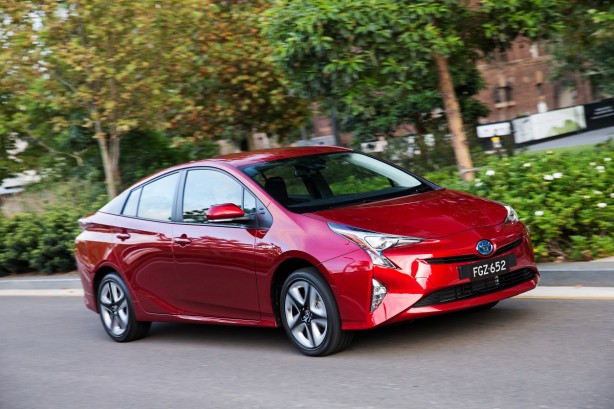The fourth-generation Toyota Prius has arrived in Australia bringing with it a dramatic new styling and revised drivetrain with further improvement in fuel economy.
Available in two grades, the sportiest iteration of the world’s best selling hybrid vehicle will bow into showrooms later this month priced from $34,990 plus on-roads for the base Prius model and $42,990 plus on-roads for the upper spec Prius i-Tech.
The new Prius is the first car to benefit from the Toyota New Generation Architecture philosophy that encompasses major reforms to the manufacturing process. New construction techniques, including greater use of ultra-high strength steels and aluminium have increased torsional rigidity while meeting weight targets to save fuel and optimise handling.
The result, according to Toyota, is a Prius that adds a fun-to-drive character while evolving the best aspects of the car’s renown ecological heritage.
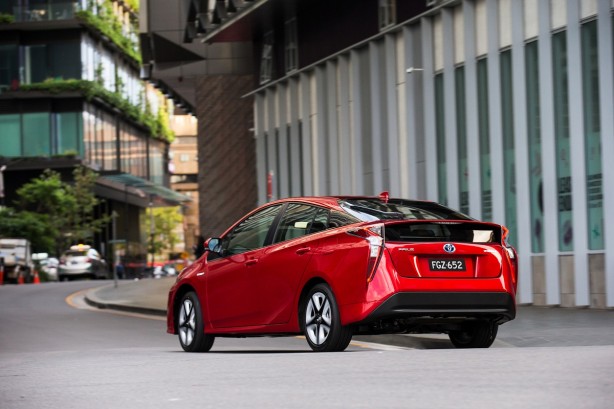
“Toyota has changed the entire focus and perspective of Prius by evoking a more emotional response with a car that is fun to see, touch and drive,” said Tony Cramb, Toyota Australia’s executive director sales and marketing.
“New Prius is a mainstream car that advances its driving dynamics and driveway appeal while also delivering substantially improved innovation and efficiency.”
Toyota says the new Prius platform results in improved body control with a more rigid body structure and lower centre of gravity. A redesigned front suspension and a new double-wishbone set-up at the rear is said to improve road-holding, stability, handling and comfort.
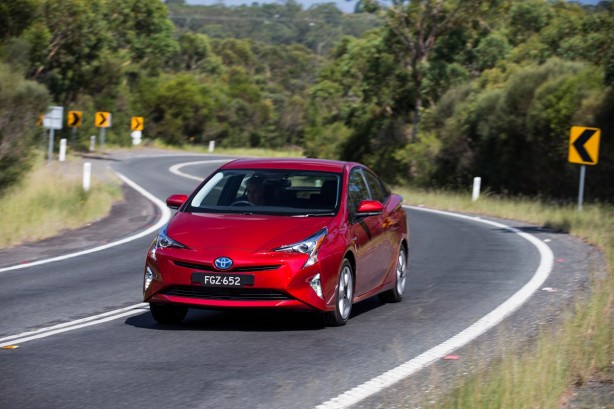
Wider and longer than the previous model, the new Prius’ futuristic exterior styling is defined by a low-swooping bonnet, dynamic beltline, instantly recognisable triangular profile and a lower rear spoiler. It boasts one of the best co-efficient of drag values in its segment of just 0.24.
The cabin offers a wrap-around instrument panel, a tablet-like seven-inch touch screen and finer details including soft-touch materials and vibrant white inserts that contrast with the black upholstery.
Under the new sheet metal, every aspect of the hybrid system has been made even more efficient. The 72kW/142Nm 1.8-litre petrol engine is said to use less fuel, the electric motors have shrunk in size yet produces 53kW and 163Nm and the hybrid battery is lighter and smaller. A refined continuously variable transmission sends drive to the front wheels.
Toyota has developed a heat recovery system that uses spent exhaust gas to speed the warming up of engine coolant. This saves fuel by allowing the hybrid system to stop the engine earlier and more often when it is not needed to power the vehicle.
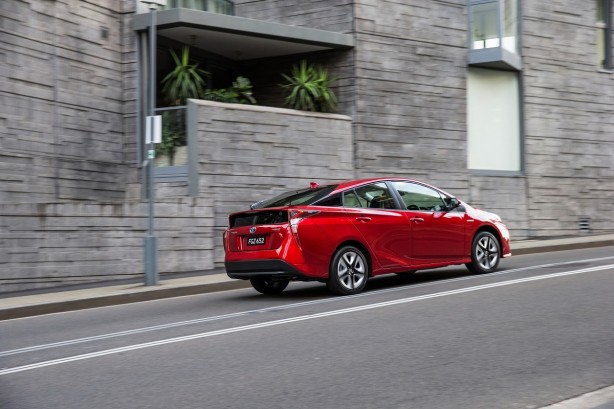
With a new power control unit, combined power output is now lifted to 90kW, while the rated fuel economy is improved to 3.4L/100km, a gain of 0.5 litres or 12.8 per cent.
Engineers have also improved the eco, normal and power driving modes. To encourage greater use of the eco mode, its operation is more like the previous normal mode while power mode gains a learning function that adjusts acceleration settings and engine braking to match the driver’s style.
Under partial load, which means in day-to-day driving, the driver will notice that the car is much more responsive, claimed Toyota.
Safety systems now standard across the range involve four technologies: pre-collision system, active cruise control, lane departure alert and auto high beam. Prius i-Tech gains blind-spot monitor and rear cross-traffic alert that warn drivers of hazards they cannot see from the wheel.
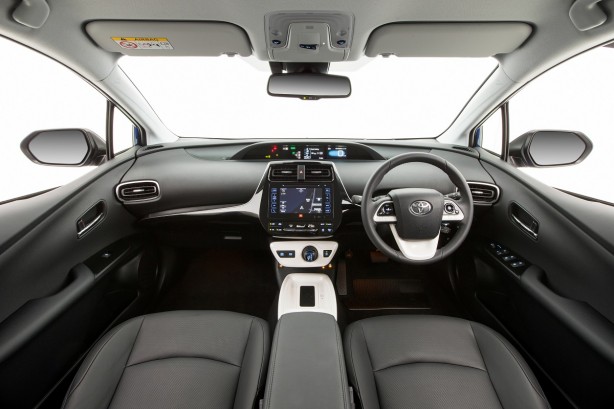
The way information is communicated to the driver has also been enhanced, with a larger full-colour head-up display and the use of two 4.2-inch multi-information displays in the instrument panel.
An innovative air-conditioning system detects if there is a front passenger; if not, it will focus its energy on the driver alone, which can help improve fuel economy.
Smaller and lighter hybrid system components have enabled the nickel-metal hydride battery to be relocated under the rear seat, expanding luggage space to 457 litres (502 litres in i-Tech).
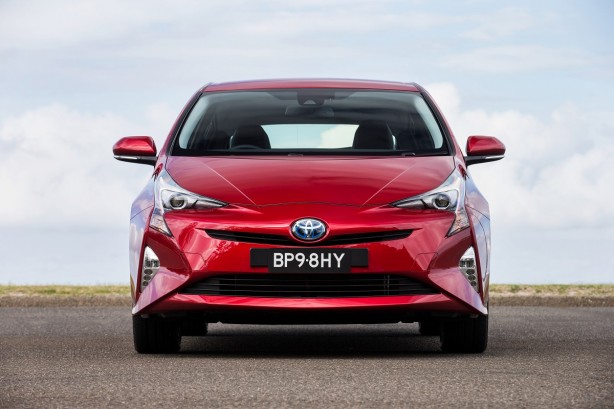
Every Prius is fitted with seven airbags, reversing camera, vehicle stability and traction control, anti-skid brakes, emergency brake signal, hill-start assist and smart entry and start.
The standard Prius is fitted with 15-inch alloy wheels with new aerodynamic covers to promote fuel efficiency. In addition to the four new safety technologies and colour head-up display, it also gains auto-levelling bi-LED headlamps, LED daytime running lamps, 10-speaker JBL audio system, Toyota Link connected mobility, three-spoke leather-accented steering wheel, premium door trim and a wireless phone charger.
Prius i-Tech, in addition to new safety technology, is fitted with 17-inch alloy wheels with resin inserts that reduce weight. Its features also include satellite navigation and leather-accented seats with eight-way power adjustment for the driver’s seat and front-seat heaters.
The new 2016 Toyota Prius is available for ordering now from local dealerships.
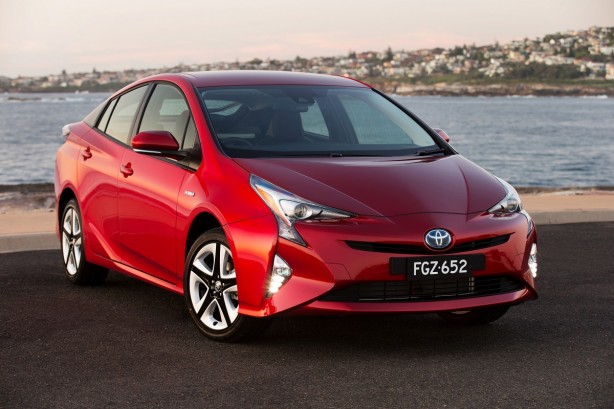
 ForceGT.com Car News, Car Reviews, Video Reviews, Tuning and much more.
ForceGT.com Car News, Car Reviews, Video Reviews, Tuning and much more. 